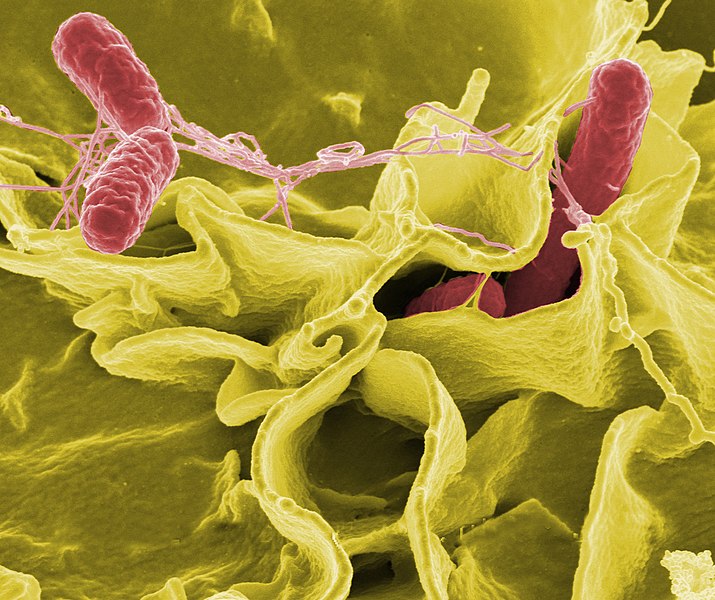 The Asian or Chinese Water Dragon (Physignathus cocincinus) superficially resembles the Green Iguana and is popular with those iguana fans lacking the space for a 6 foot-long lizard. Alert, beautifully-colored and interesting, they are among the best of all large lizard pets. Water Dragons are subject to several unique health concerns but, as will be explained, all can be easily avoided.
The Asian or Chinese Water Dragon (Physignathus cocincinus) superficially resembles the Green Iguana and is popular with those iguana fans lacking the space for a 6 foot-long lizard. Alert, beautifully-colored and interesting, they are among the best of all large lizard pets. Water Dragons are subject to several unique health concerns but, as will be explained, all can be easily avoided.
Asian Water Dragons range from southern China through Vietnam, Cambodia and Thailand. They are always found near water, frequenting riversides, swamps and canals. The less-common Eastern Water Dragon, Physignathus leseurii, may also be kept as described below.
Behavior
Water Dragons are alert and somewhat high-strung, and will run from noises, cats, dogs, and other threats. In the wild, frightened individuals drop from branches to the water or dash into heavy cover; captives retain this instinct and are often injured during escape attempts. While most calm down and accept gentle handling, always avoid startling your pet. Read More »
 That Reptile Blog – Reptile, Amphibian and Exotic Pet Care and Information
That Reptile Blog – Reptile, Amphibian and Exotic Pet Care and Information




